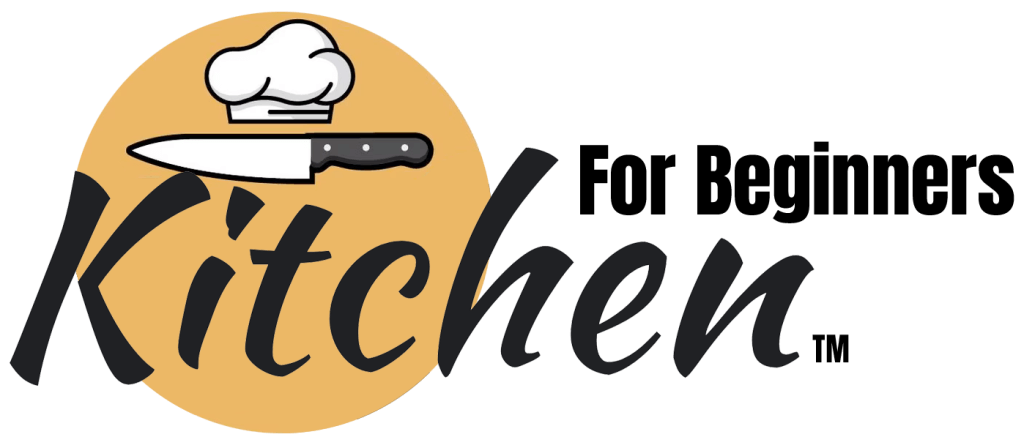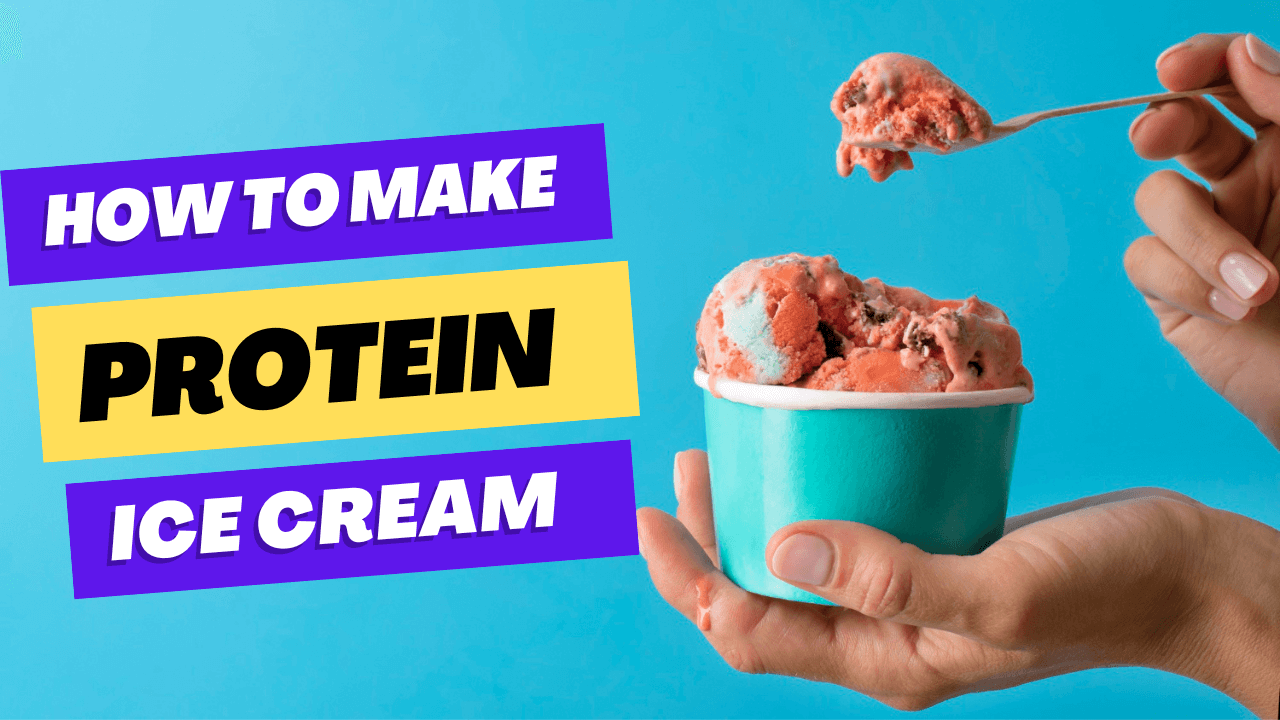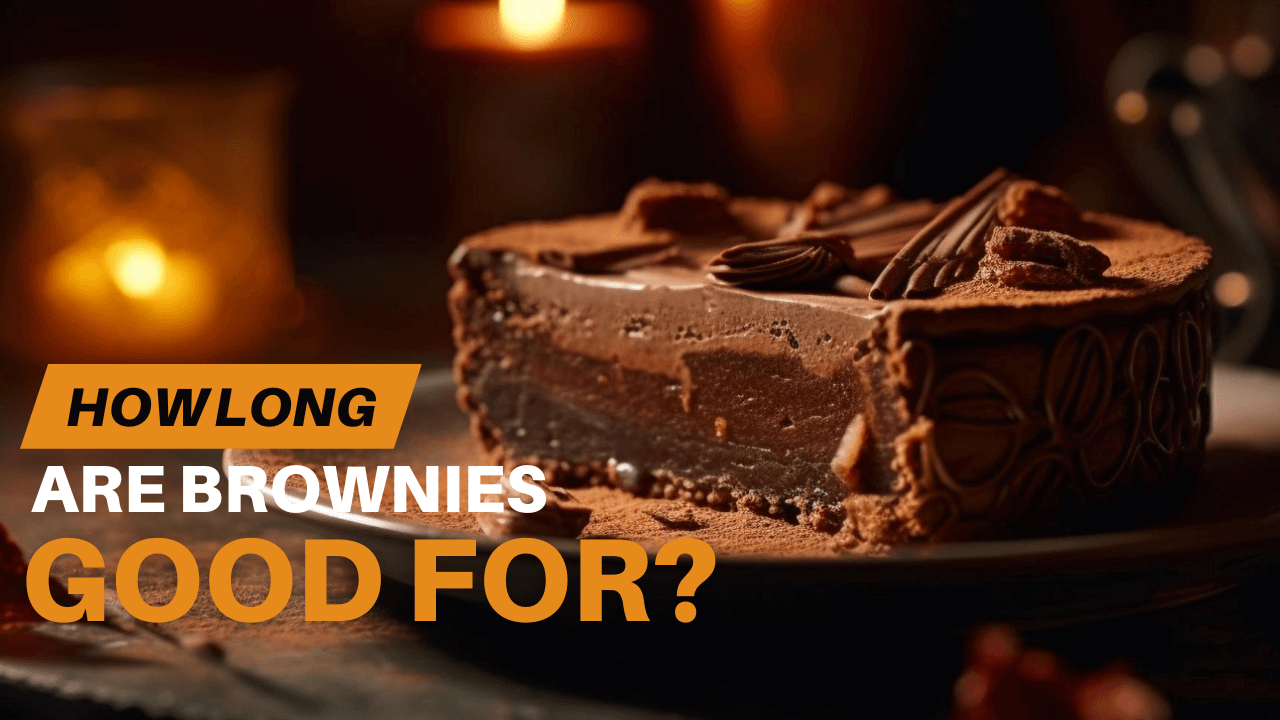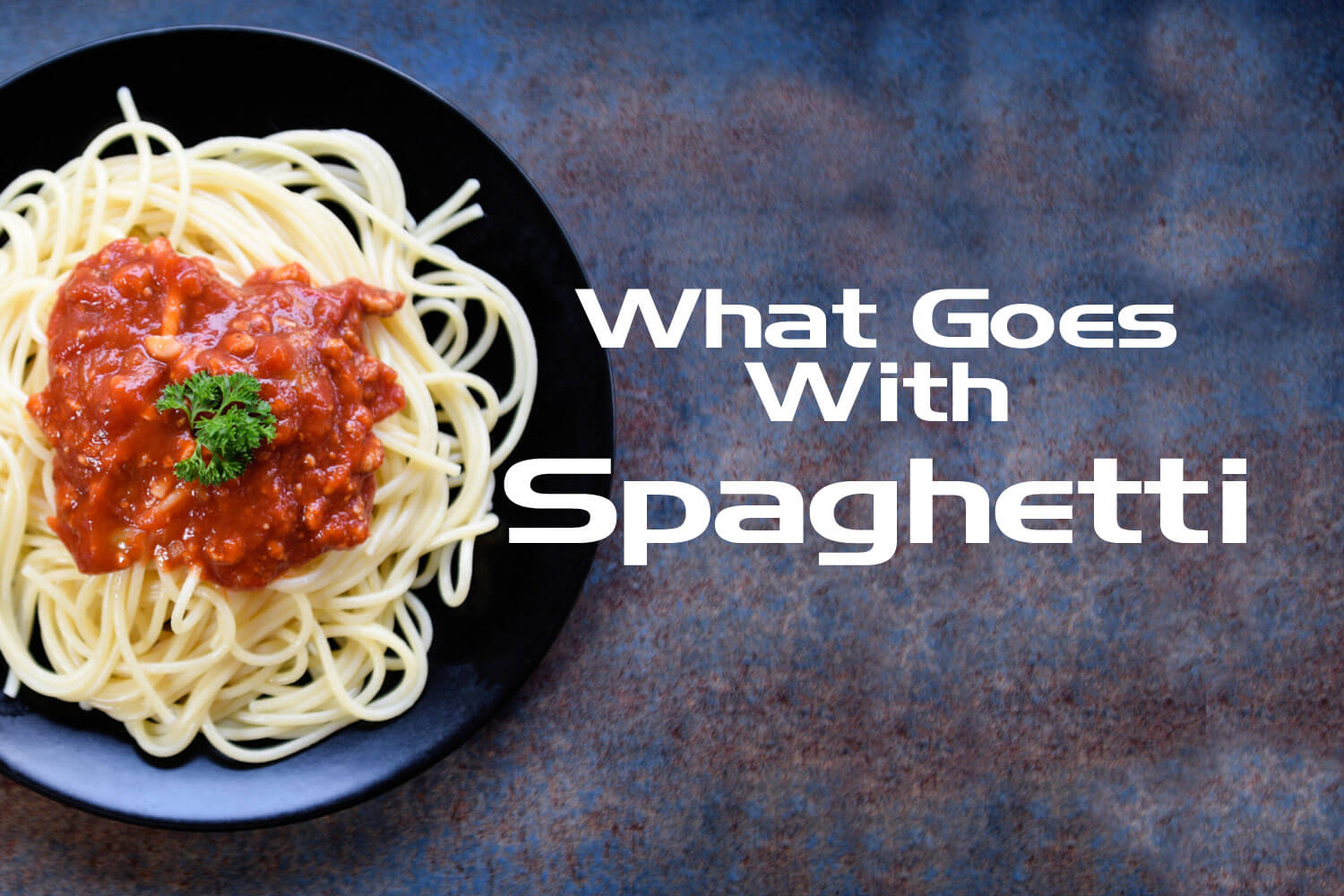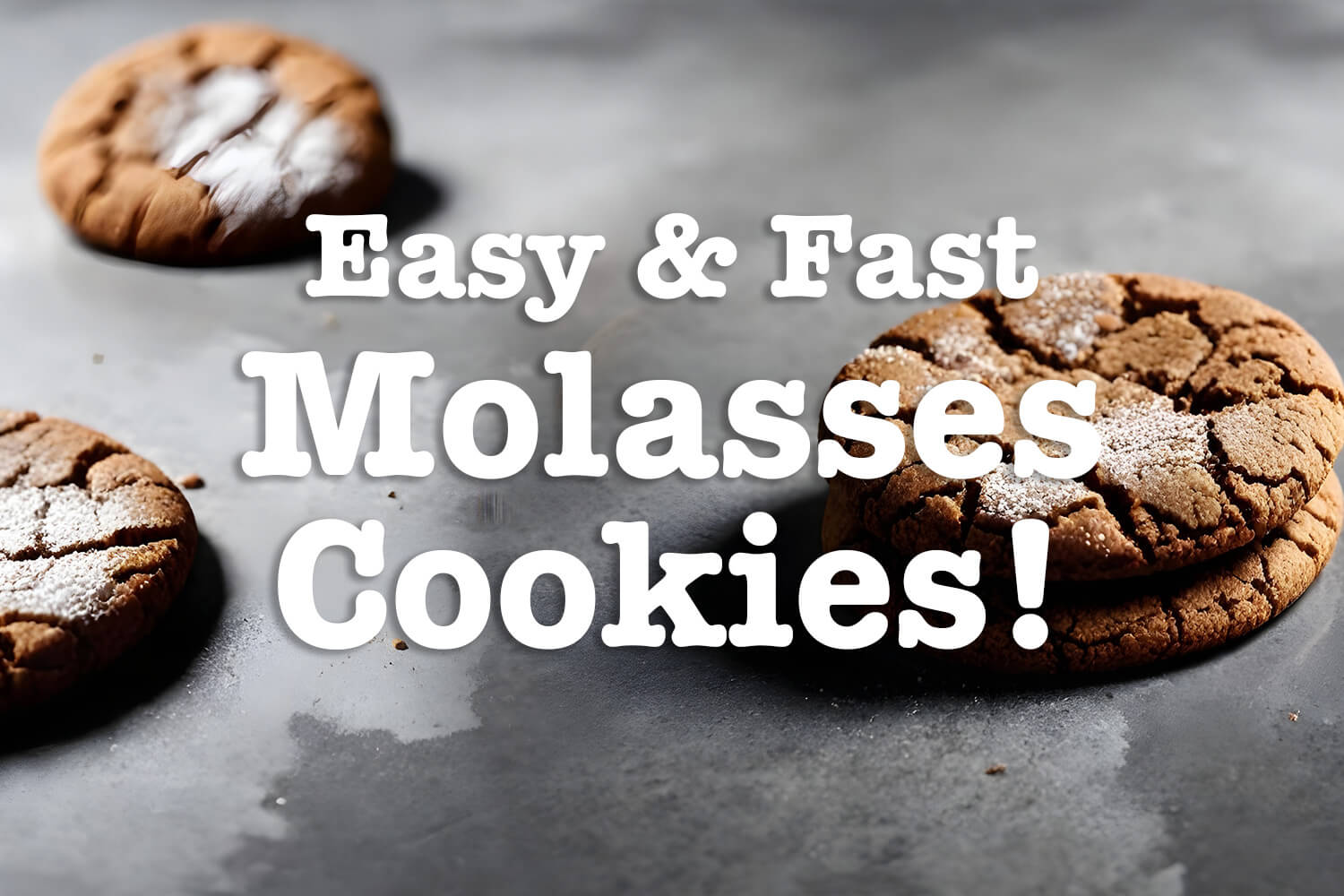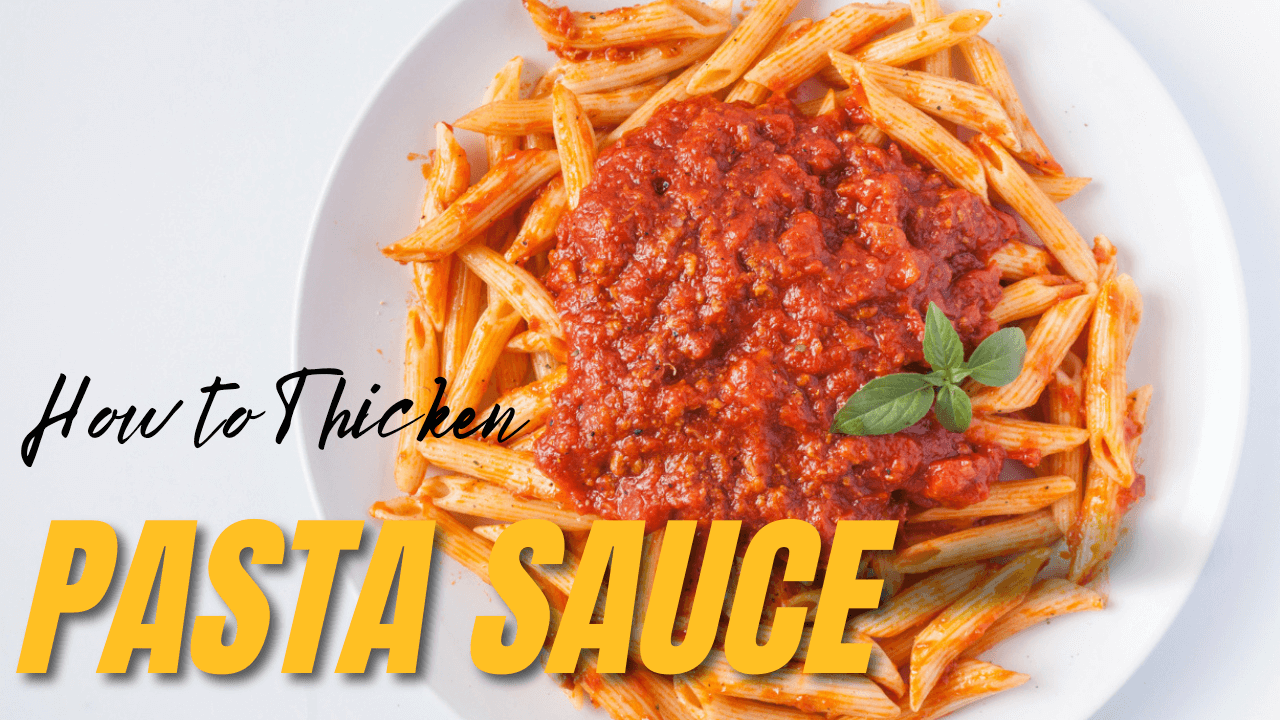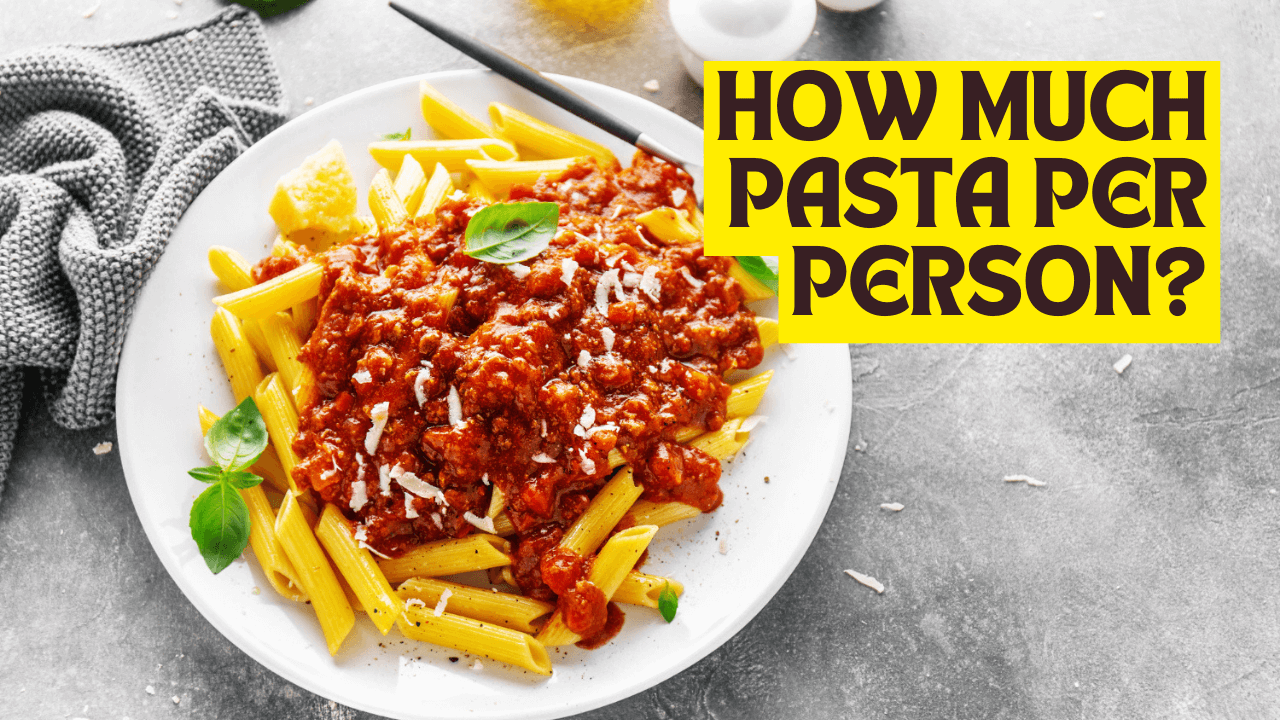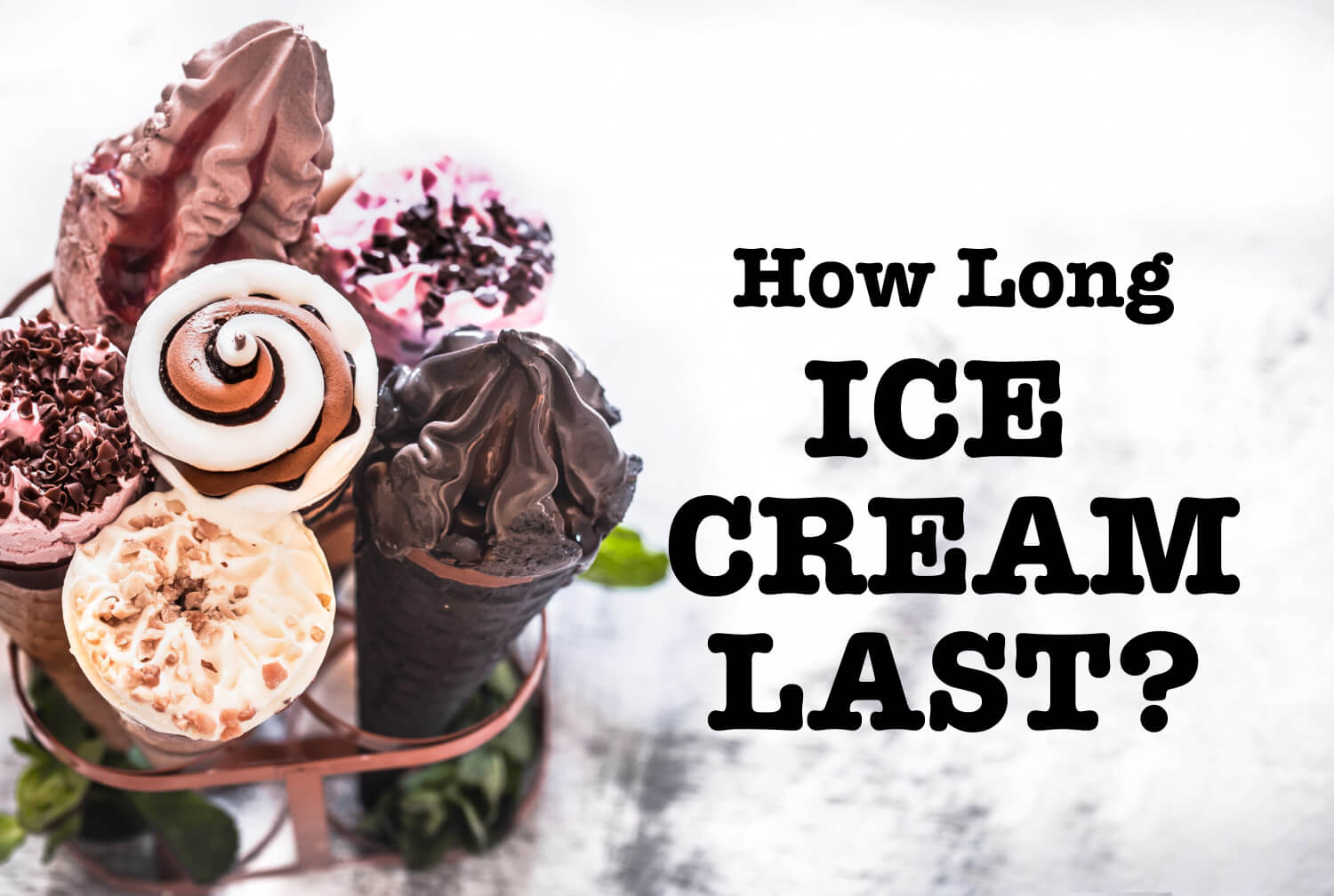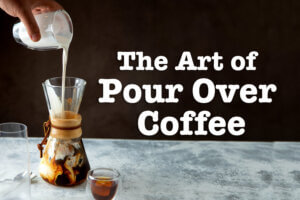Dialing in the right coffee pour over ratio can be the difference between an average cup and a amazing coffee experience. Starting with a 1:16 ratio is the golden standard. Adjust from there for strength and flavor that suits your palate. This guide simplifies the process for you, ensuring your pour-over is nothing short of excellent each time.
Key Takeaways
- The coffee-to-water ratio is key when brewing pour-over, with the golden ratio of 1:16 seen as an ideal starting point, but it should be adjusted based on personal taste preferences and bean roast.
- Grind size, water temperature, and blooming are critical to the pour-over technique, requiring a medium-fine grind, a water range of 195-205°F, and even saturation of coffee grounds during the bloom.
- Essential tools for optimal pour-over brewing include a burr grinder for consistent coffee grounds, a precise digital scale for ratio accuracy, and a gooseneck kettle for controlled water flow.
The Importance of Coffee to Water Ratio in Pour Over Brewing
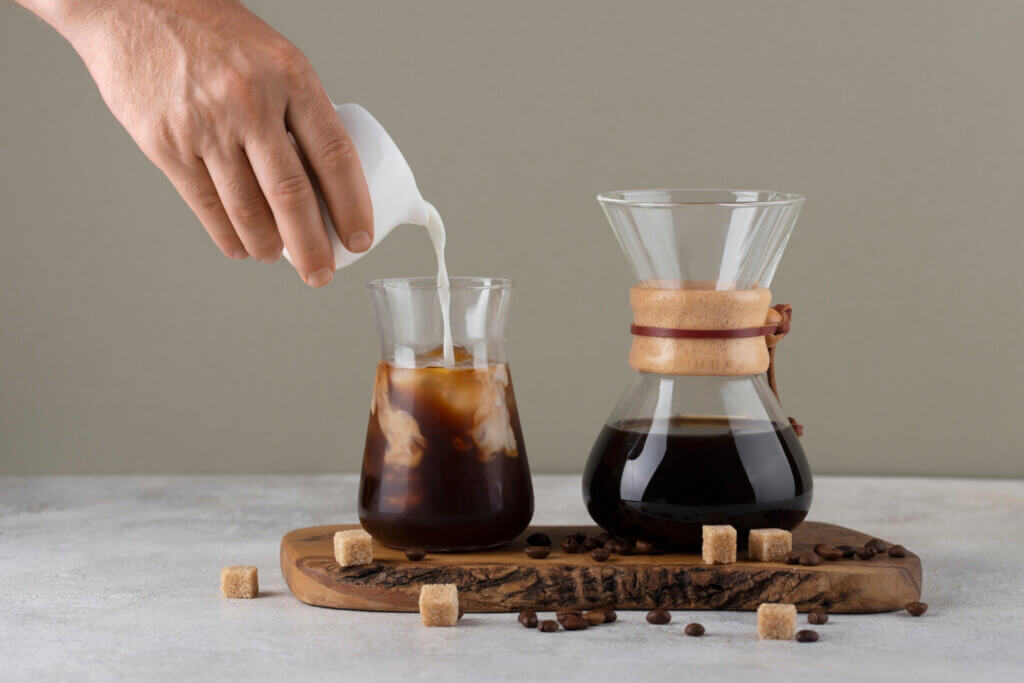
The secret to creating the ideal cup of pour-over coffee lies in the delicate balance between coffee and water. The coffee-to-water ratio is vital in the pour-over brewing process, dictating the resulting brew’s taste and strength. It’s like a dance – the coffee and water need to move together in perfect harmony. Get it right, and you’ll sip a flavorful, aromatic coffee that’s neither too strong nor too weak. But if the ratio is off, your coffee may taste bitter or watery, leaving you with a disappointing brew.
Recommended coffee-to-water ratios range from 1:15 to 1:17. To approximate a 1:16 standard, you could use 1-2 tablespoons per 6 ounces of water or 3 tablespoons per 8 ounces. However, it’s not just about following a standard guide. The beautiful thing about brewing your own coffee is the freedom to adjust the coffee-to-water ratio and fine-tune the strength and flavor. More coffee can lead to stronger brews, while more water can dilute the taste. As a coffee expert and a life-long coffee enthusiast, I assure you that perfecting this ratio is what will make or break the flavor of your coffee.
The Golden Ratio
If you’re just starting your journey with pour-over coffee brewing, the 1:16 ratio, often referred to as the golden ratio, is a good starting point. For every 1 gram of coffee, you’ll need to use 16 grams (or milliliters) of water. This ratio ensures proper extraction and balanced flavor in your coffee. It’s called the golden ratio for a reason – it helps achieve a balanced cup, neither too strong nor too diluted, perfect for most palates.
But don’t be afraid to adjust the ratio to your liking. For instance, if you’re brewing enough pour-over coffee for two servings, you could use 32 grams of medium-fine grind coffee to 500ml (17 oz.) of water, adhering to the 1:16 ratio. It’s all about finding that perfect balance that will make your taste buds dance with joy.
Personal Taste Adjustments
While the golden ratio is an excellent starting point, it’s not set in stone. Coffee brewing is an art and a science, and the fun part is that you get to tweak the variables to create a brew that delights your taste buds. Most baristas suggest starting with a pour over coffee-to-water ratio, or coffee ratio, between 1:16 and 1:19 to best accommodate individual taste preferences.
If you prefer a milder tasting brew, a coffee to water ratio of 1:18 is recommended for those who prefer a lighter beverage. On the other hand, to achieve a stronger and more robust flavor, opt for a ratio closer to 1:13 or utilize a ratio of 15.5 by using less water or more coffee. So go ahead, play around with the ratios and discover your perfect cup.
Essential Elements of Pour Over Technique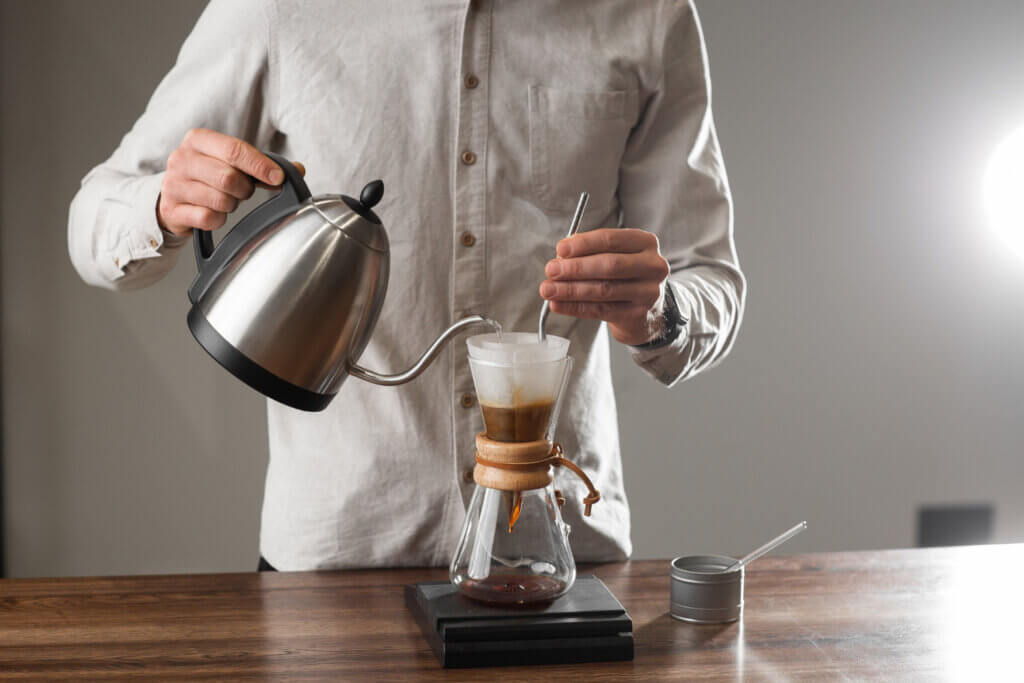
Beyond the coffee-to-water ratio, there are three other essential elements of the pour-over technique that you need to understand: grind size, water temperature, and the blooming phase. These elements are the nuts and bolts of pour-over coffee brewing, each playing a crucial role in your brew’s outcome.
The key factors to consider for a successful pour-over coffee are:
- Consistency of particle size: Use a medium to medium-fine grind size, similar to fine table salt.
- Water temperature: Maintain the ideal range of 195-205°F throughout the brewing process.
- Blooming phase: Pre-wet the coffee grounds to release carbon dioxide and ensure an even extraction.
By following these steps, you can achieve a robust and satisfying pour-over coffee and brew coffee to perfection.
Grind Size for Pour Over
Grind size is one of the most critical elements when it comes to perfecting your pour-over technique. A medium-fine grind size is recommended for optimal pour-over coffee extraction. This consistency is comparable to that of fine table salt. It’s not as fine as espresso but not as coarse as French press either.
The optimal grind size for pour over varies with the dripper type. For instance, a medium-fine grind is ideal for smaller drippers like the V60 and Wave. The goal is to reach a brewing time of 3-4 minutes for the perfect cup of coffee. This ensures the optimal flavor extraction. If the water flows through too quickly, your coffee may taste weak and under-extracted. In such a case, you should grind your beans a bit finer. But if the brewing takes too long, the coffee may taste bitter, and you should try a coarser grind.
Water Temperature
The water temperature is another crucial factor that can significantly affect the taste of your pour-over coffee. The recommended water temperature for pour over brewing should be maintained within the range of 195-205°F (90-96°C). This temperature range allows for optimal extraction of flavors from the coffee grounds. This temperature range allows for optimal extraction without burning the coffee grounds, therefore avoiding a burnt taste that results in bitterness.
Maintaining the hot water temperature within this ideal range during the entire brewing process is necessary to produce a robust and satisfying pour-over coffee. Too hot, and you risk over-extraction and bitterness. Too cold, and you won’t extract enough flavor, leading to a weak and underwhelming brew.
So, next time you’re brewing, remember, it’s not just about boiling water and pouring it over the coffee grounds. It’s about hitting and maintaining that sweet spot of temperature for the perfect final brew.
Blooming Phase
Now, let’s talk about the crucial step that sets pour-over brewing apart from other methods – the blooming phase. The blooming phase is critical for pre-wetting the coffee grounds to release carbon dioxide. If not released, this gas can negatively affect the taste by creating an uneven extraction.
To properly execute the bloom phase in pour over brewing, follow these steps:
- Gently pour water starting at the bed’s center, moving outward in a slow, spiral motion.
- Ensure that the grounds are evenly saturated for about 30 seconds before proceeding with the remaining pour.
- This process allows the coffee grounds to bloom, similar to a flower, hence the term “blooming phase.”
- It’s all about patience and precision, ensuring that all coffee grounds are saturated evenly for a balanced extraction.
Choosing the Right Coffee Beans for Pour Over
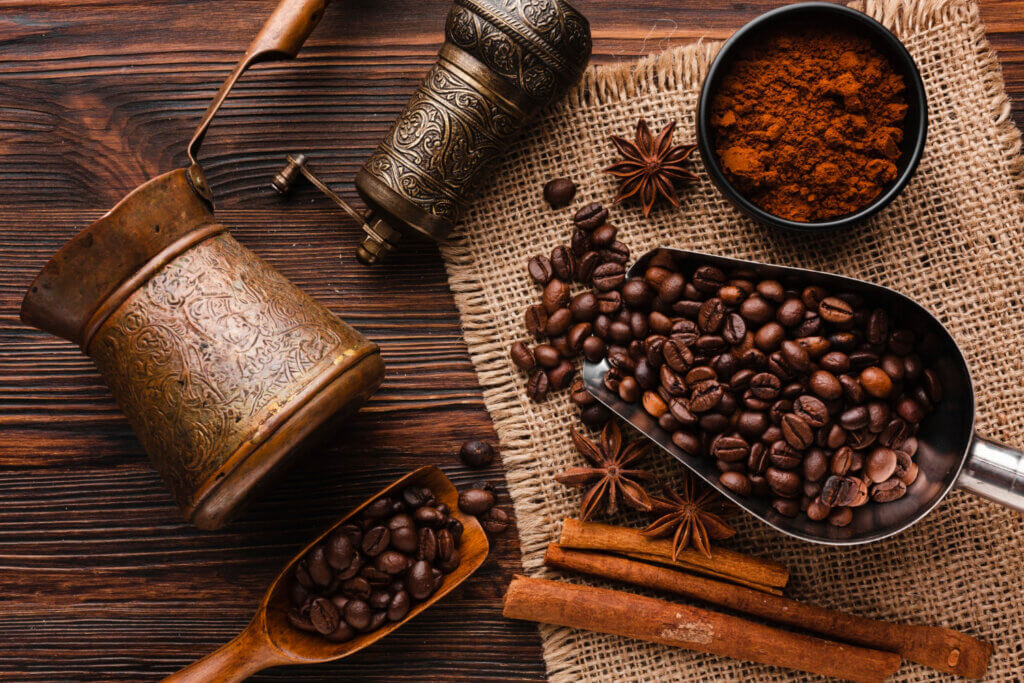
Your coffee beans are the heart and soul of your brew. Choosing the correct roast level is key for pour-over coffee. Here are some guidelines for different roast levels:
- Light roasts may require a coffee-to-water ratio of 1:16 to 1:17
- Medium roasts may require a coffee-to-water ratio of 1:15 to 1:16
- Dark roasts tend to be best with ratios of 1:14 to 1:15
But remember, selecting the ideal roast level is also about personal taste preference, as this significantly impacts the flavor and quality of the pour-over coffee.
The origin of the coffee beans also plays a role in the flavor profile of your cup. Single-origin coffee beans from Africa, like Ethiopian Yirgacheffe, Kenya Peaberry, or Burundi Kavugangoma, offer bright acidity and complex fruity or floral notes, optimal for pour over.
Asian coffee beans provide an earthy, robust taste with low acidity, while Central and South American beans typically feature chocolate, nutty flavors with balanced acidity. Lastly, for a flavorful pour over, use fresh, high-quality beans, preferably light to medium roasts as they best express the beans’ inherent aromas and natural flavors.
Must-Have Tools for Pour Over Coffee Enthusiasts
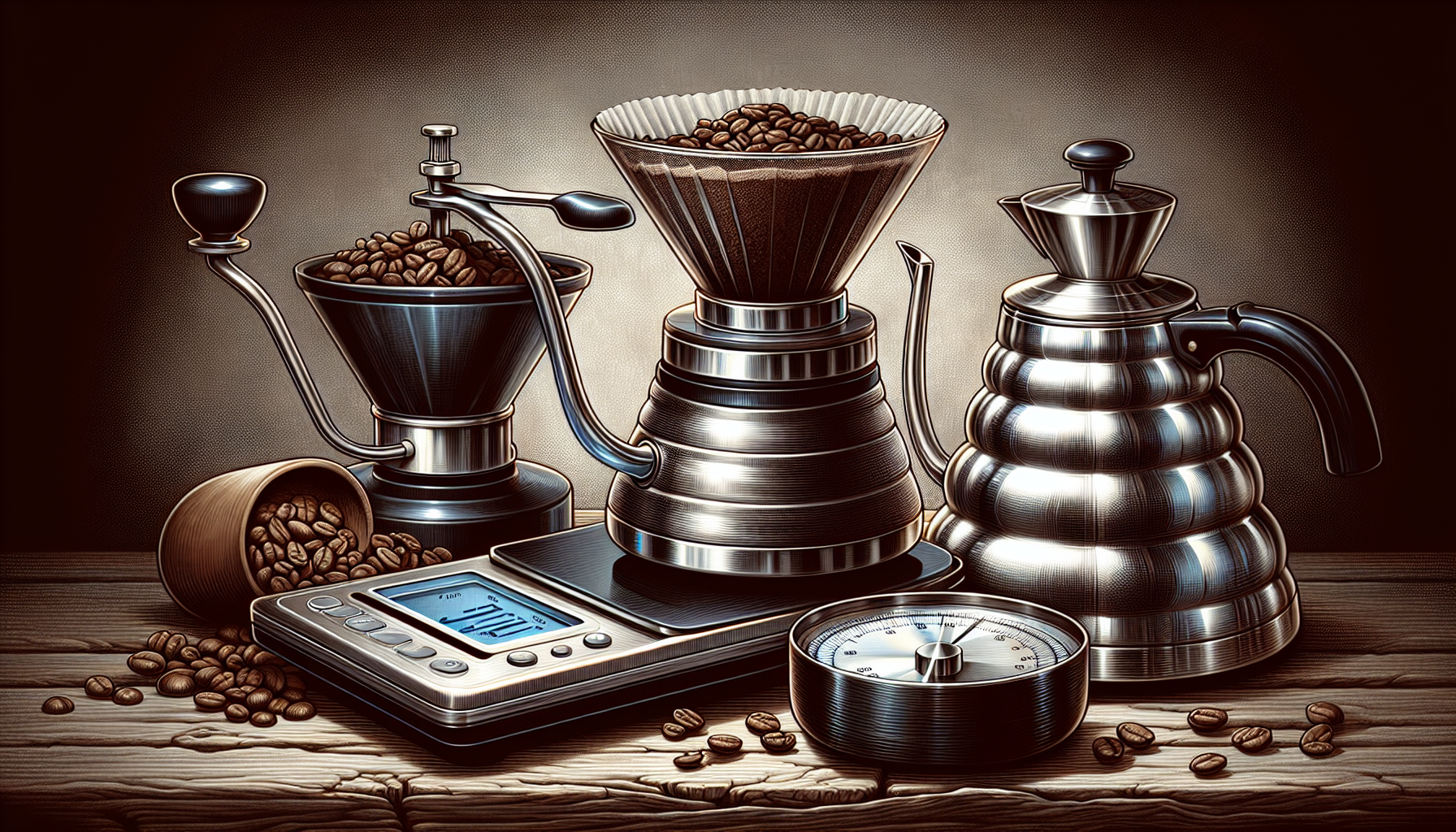
To master the art of pour-over brewing, you’ll need some essential tools. A coffee grinder, specifically a burr grinder, is crucial for grinding coffee beans to achieve a consistent and even grind size, which is vital for optimal flavor extraction. An accurate digital scale precise to 0.1g is key to maintaining proper coffee-to-water ratios, ensuring balance and precision in brewing.
Gooseneck kettles enable precise water flow, allowing for even saturation of coffee grounds and a consistent extraction, leading to a better coffee experience. These tools are not just fancy gadgets but essential components that help maintain precision and control over the brewing process, significantly contributing to the quality of your pour-over coffee.
Troubleshooting Common Pour Over Coffee Issues
Even with the best of intentions and careful attention to detail, you may sometimes encounter issues with your pour-over coffee. Fear not, I’ve got you covered. If your coffee tastes weak, it’s likely due to under-extraction. This issue often arises when the coffee grind is too coarse, leading to a faster flow rate and inadequate extraction. You can address this issue by adjusting the coffee grind to be less coarse.
On the other hand, if your coffee tastes bitter, it could be a result of over-extraction. This problem often occurs when the grounds are in contact with water for too long. You can resolve this issue by grinding your coffee a bit coarser or reducing the brew time to prevent over-extraction. And don’t overlook the water quality. The water’s pH level and mineral content, such as calcium and magnesium, are crucial to extracting flavorful compounds from coffee beans, while impurities can cause undesirable tastes.
Experimenting with Different Pour Over Brew Methods
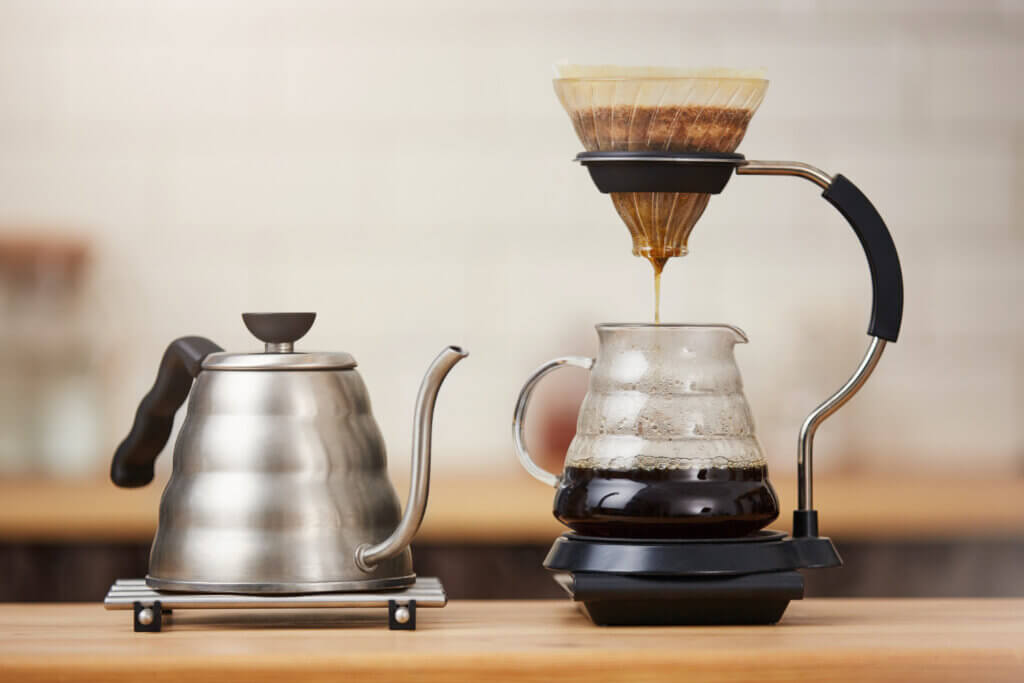
When it comes to pour-over brewing, there are several methods you can experiment with using different brewing devices. These popular brewing device options include:
- Melitta
- Kalita Wave
- Hario V60
- Bonmac
- Chemex
Each providing its unique approach to pour-over. Trying different brewing methods can help you discover different flavors and nuances in your coffee, offering unique brewing experiences each time.
For example, flat-bottom and conical pour-over brewers like the Kalita Wave or Hario V60 often recommend a coffee to water ratio of 1:17 to achieve a well-balanced brew. The key here is not to be afraid to experiment. Each brew method will accentuate different notes and flavors in your coffee, and through trial and error, you’ll find the one that resonates best with your palate.
Expert Tips for Elevating Your Pour Over Coffee Game
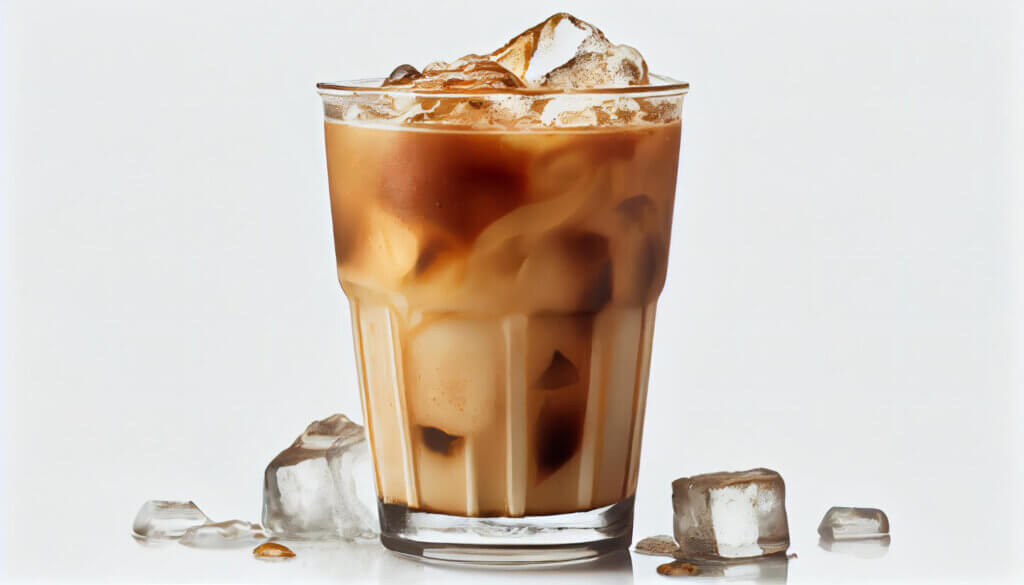
Now that you know the basics, let’s take your pour-over coffee game to the next level. For the best pour-over flavor, use freshly roasted coffee beans that have been ideally roasted within a few days. Fresh coffee has a richness and depth of flavor that can’t be matched by store-bought, pre-ground coffee.
You might also want to consider adjusting your brewing temperature based on the type of coffee you’re brewing. Start with a lower brewing temperature when preparing pour over coffee with darker roasts or very floral and bright coffees. This tip can help bring out the best flavors in your brew and avoid that dreaded burnt taste. Remember, it’s all about finding the sweet spot that’s just right for you.
Summary
Mastering the art of pour-over coffee brewing is a journey. It’s about finding the perfect coffee-to-water ratio, selecting the right coffee beans, understanding the importance of grind size, water temperature, and the blooming phase. It’s about having the right tools and knowing how to troubleshoot common issues. But above all, it’s about experimenting, exploring, and savoring the process. So go ahead, embark on this journey of discovery, and find your perfect cup of pour-over coffee. Remember, every great cup of coffee is a result of patience, precision, and a touch of passion.
Frequently Asked Questions
How many scoops of coffee for 1 cup pour over?
For a single cup of pour-over coffee, use about two scoops or 29 grams of coffee beans. Adjust the amount to your preference.
What is the ideal coffee-to-water ratio for pour over?
For the ideal coffee-to-water ratio for pour over, aim for a 1:16 ratio of coffee to water, though you can adjust it based on your taste preferences. Enjoy your brewing!
What grind size should I use for pour over?
For pour-over coffee, it’s best to use a medium-fine grind size, similar to fine table salt, to achieve optimal extraction.
What water temperature is ideal for pour over?
The ideal water temperature for pour over brewing is between 195-205°F (90°C and 96°C) to achieve optimal extraction without burning the coffee grounds.
What are some must-have tools for pour over brewing?
You’ll need a high-quality burr grinder, an accurate digital scale, and a gooseneck kettle for pour-over brewing. These tools ensure consistent grind size, proper coffee-to-water ratios, and precise water flow.
